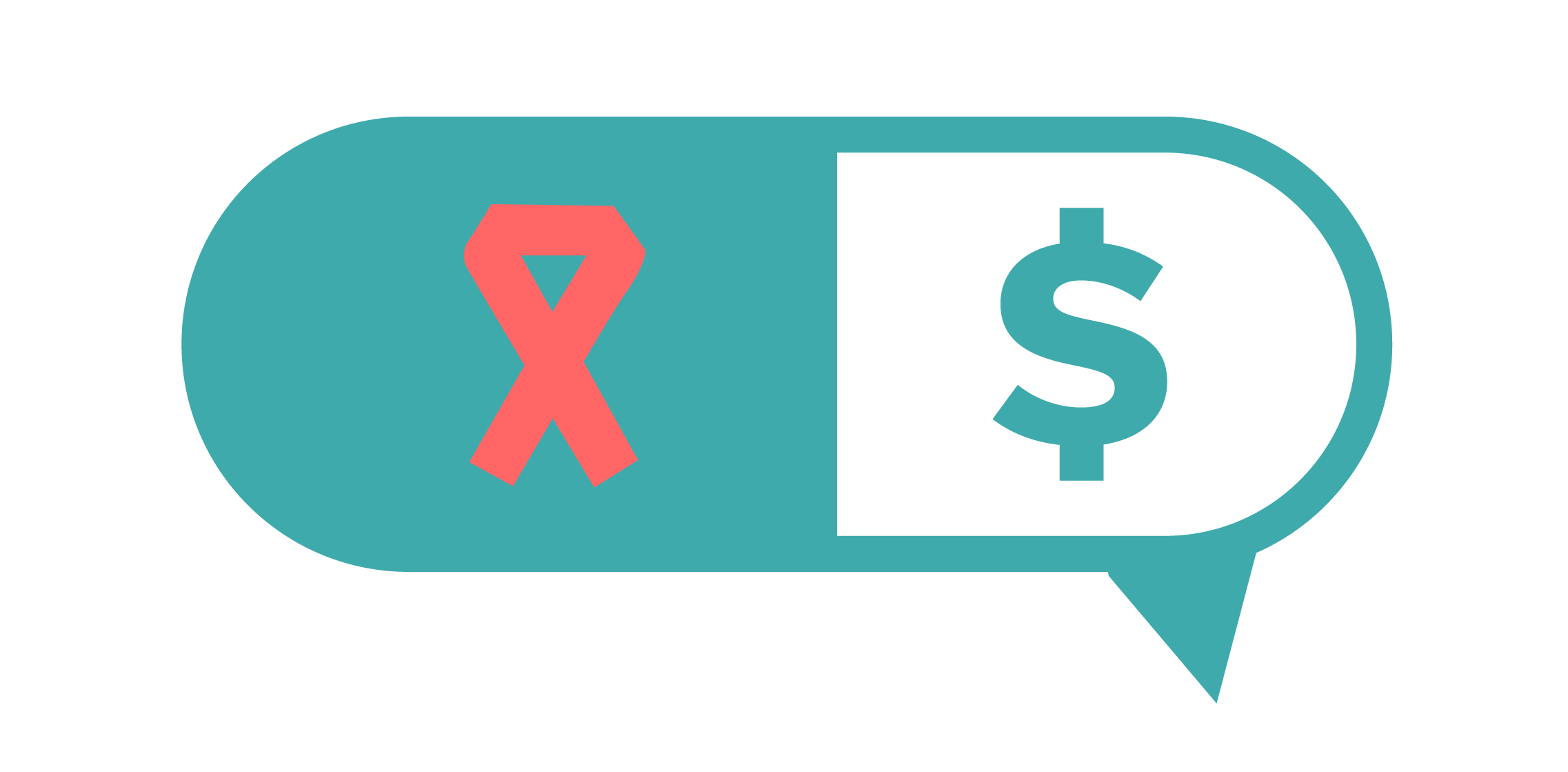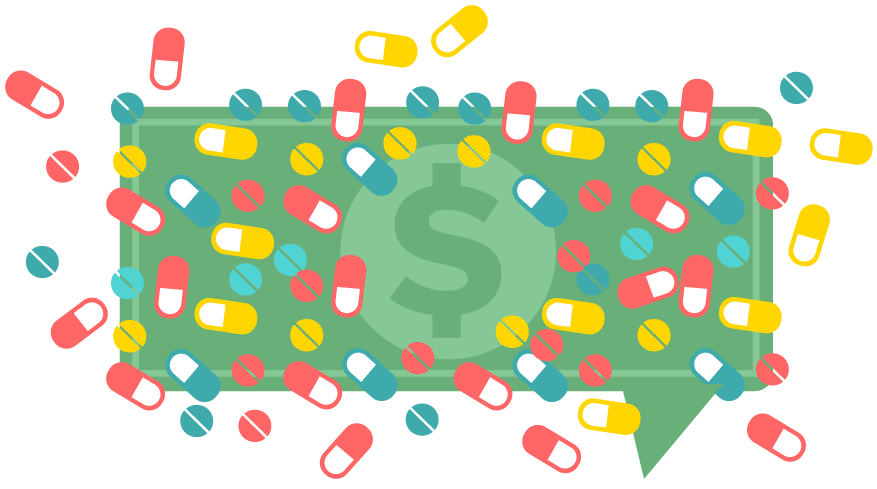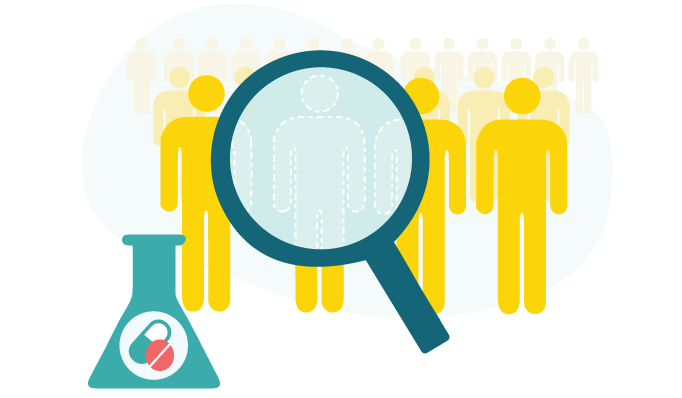A 26-year-old man presents with a mysterious condition — his pulse is fading, his temperature is spiking, and the panel of tests comes back negative for the telltale signs of the infectious disease that the doctors believe is the culprit. Stumped, the ED doc, internist, and infectious disease expert bat around ideas in hushed tones outside the patient’s room. It’s not until the patient’s wife mentions purchasing a new tropical house plant that the doctors realize that the patient is suffering from a rare interaction between the plant’s pollen and his daily high blood pressure meds.
Yes, this probably describes every episode of House. While dramatic, there’s an important grain of truth in this made-for-TV plotline. Listening to patients matters. Understanding their experience outside the hospital can inform clinical decisions in a way that lab values and imaging never can.
Patient Reported Outcomes: Year 10
For the last ten years, the healthcare industry has been buzzing about Patient Reported Outcomes (PROs) and Patient Generated Health Data (PGHD). We weren’t quite sure how to collect it, how to store it, or how much to trust it, but researchers and clinicians alike recognized the promise that augmenting a patient’s limited clinical record with a rich layer of real-world data held.
What have we learned after thousands of studies, trials and pilots?
We’ve made advanced forays in certain chronic areas, like diabetes, using a combination of smart devices that continuously monitor blood sugar levels and predictive models that can recognize low blood sugar events before they happen.
In a breakthrough study, Memorial Sloan Kettering researcher Ethan Basch figured out that collecting patient reported outcomes from cancer patients actually extended both longevity and quality of life. We also now know that asking ED patients about the social determinants of their health — how close they live to a pharmacy, whether or not they have a ride to the hospital, if they have stable housing — can decrease the risk of readmission.
Collecting patient reported outcomes from cancer patients actually extended both longevity and quality of life.
While these findings prove that patient reported outcomes are worth collecting, we haven’t been able to make the jump to widespread adoption and use of PROs in clinical settings. In fact, only one in five hospitals use PROs during routine care.
It’s not for lack of trying. Many doctors complain that the patient data they’re getting just isn’t useful. Paper surveys, sent weeks after a visit, are a headache to deal with, the responses arrive too late to be clinically useful, and very few patients complete them. Fitness tracker data — from Apple Watches and Fitbits — is academically interesting, but it’s not relevant when trying to adjust a patient’s cancer infusion dose. Phone conversations held by nurses and navigators often generate useful information, but they’re expensive to administer and difficult to programmatically add to patients’ medical records.
Why can’t we reliably translate successful studies into system-level rollouts? A majority of PRO efforts are one-off, largely manual processes requiring lots of staff training and overhead. They were never designed to be rolled out across all 30 specialists in a service line or all 2,000 patients coming in for dialysis each week. Until PRO efforts are designed with scale in mind — unifying disjointed data collection activities, automating reach out and reminders, simplifying data processing and review — we’ll see many more initiatives fizzle.
The Path Forward: Successfully Prescribing Patient Reported Outcomes
The path forward to truly integrate patient reported outcomes into routine care, at scale, requires an approach that is frictionless, personalized to each patient’s clinical needs, and easily interpreted by providers.
First, clinicians must identify and align on the types of patient responses that would change a prescribed care plan, whether it’s for a Medicare patient preparing for a hip replacement or an expecting mother entering her third trimester.
Once the key measures have been identified and prescribed, patients should be able to share their responses with their providers on their preferred communication channels. For today’s patients, those channels are overwhelmingly mobile and messaging based. Private, secure digital assistants that meet patients on their mobile phones, when it’s most convenient, unlock levels of engagement and open dialogue previously reserved for high-lift, in-person trial protocols. Pulling this off will require a modern, mobile-first engagement platform that is designed to collect sentiment and patient-reported data in real time.
Finally, collected PRO data should be tightly integrated into existing provider workflows. Instead of being relegated to unstructured notes fields in the EMR, it should be stored as structured data, allowing clinicians to easily understand both individual-level care progression and population-level longitudinal efficacy.
Imagine an elderly patient sent home with a new blood thinner prescription. She notices that she’s often light-headed a few hours after taking her daily dose. In the past, she might have cut the pill in half herself, and waited until her next scheduled visit to let her doctor know. Instead, an unobtrusive chatbot reaches out to her 24 hours after she’s filled her prescription. Once she’s shared that she’s suffering from dizzy spells, a known side effect of the medication, the chatbot reaches out to a nurse practitioner at the clinic and lets him know that he should follow up with the patient by phone about a potential dose reduction.
Treating patients like real members of their care team may be just what the doctor ordered. If we can pull it off, we’ll all benefit from Dr. House’s ‘lucky’ breaks.








